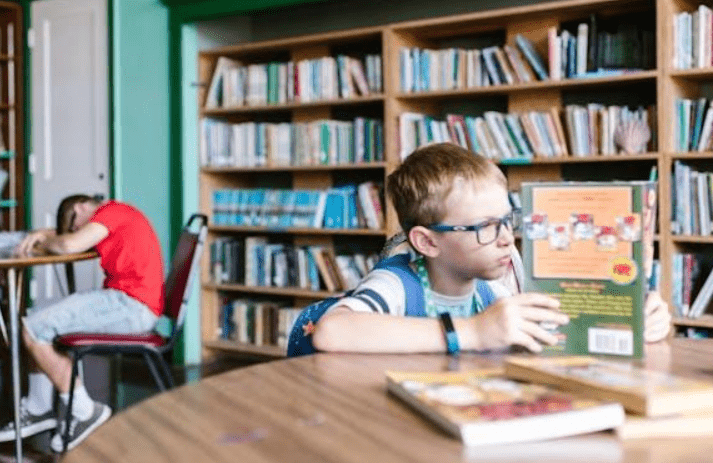
Photo by RDNE Stock project from Pexels
A preschool’s layout, materials, and overall design can significantly affect a child’s ability to learn and develop critical thinking skills. KLA Schools of Wallingford exemplifies this through its innovative approach to early childhood education, emphasizing the importance of the environment in fostering cognitive growth.
The physical environment of a preschool is more than just a place where children spend their day; it is a crucial component of their learning experience. Research shows that well-designed preschools can promote better cognitive outcomes by providing stimulating and engaging spaces that support various types of learning. That being said, the upcoming sections will delve into specific aspects of preschool design and how they contribute to cognitive development.
1. Open and Flexible Spaces
Open and flexible preschool spaces allow for various activities and encourage children to explore and interact with their surroundings. These areas can be reconfigured to suit different learning activities, from group projects to individual tasks. The flexibility of the space promotes adaptability and creativity, enabling children to engage in problem-solving and critical thinking.
Moreover, open and flexible spaces support a child’s natural inclination to explore. They can move freely from one activity to another, driven by curiosity and interest. This environment is particularly beneficial in a preschool setting, where the goal is to nurture a love for learning and discovery.
2. Natural Light and Ventilation
Natural light and proper ventilation play a significant role in creating a conducive learning environment. Exposure to natural light has been linked to improved mood and concentration levels in children. Additionally, well-ventilated classrooms ensure a fresh and healthy environment, reducing distractions and supporting sustained attention during learning activities.
3. Use of Natural Materials
Natural materials such as wood, stone, and plants can create a calming and inviting atmosphere in preschools. These materials not only enhance the aesthetic appeal of the space but also provide tactile experiences that are important for sensory development. Engaging with natural materials helps children develop fine motor skills and fosters a connection with the environment.
4. Interactive and Engaging Learning Areas
Interactive and engaging learning areas are designed to stimulate curiosity and encourage active participation. These areas often include hands-on learning stations, interactive displays, and educational toys that challenge children to think critically and solve problems. The use of interactive elements in preschool design helps to maintain children’s interest and supports deeper learning.
5. Access to Outdoor Play Spaces
Access to outdoor play spaces is essential for promoting physical activity and cognitive development. Outdoor play areas provide opportunities for children to engage in physical exercise, explore nature, and develop social skills through group play. The variety of sensory experiences available in outdoor environments enhances cognitive growth and fosters a love for learning.
6. Quiet and Cozy Corners
Quiet and cozy corners in preschools offer children a space to retreat and relax when needed. These areas are crucial for providing a balance between stimulation and relaxation. Quiet corners allow children to decompress, reflect on their experiences, and recharge, which is essential for maintaining focus and mental well-being.
7. Personalized Learning Spaces
Personalized learning spaces cater to the individual needs and interests of each child. Preschoolers can create an environment that feels welcoming and supportive by incorporating elements that reflect children’s preferences and learning styles. Personalized spaces encourage children to take ownership of their learning and develop a sense of autonomy.
Conclusion
The design of a preschool environment plays a pivotal role in shaping a child’s cognitive development. By creating spaces that are open and flexible, well-lit and ventilated, and filled with natural materials, educators can foster a stimulating and supportive learning environment. Interactive learning areas, access to outdoor play, quiet corners, and personalized spaces further enhance cognitive growth by promoting exploration, engagement, and individualized learning. The thoughtful design of preschools highlights the profound impact that environment can have on early childhood education. By prioritizing these elements, we can support the cognitive development of children and set the foundation for lifelong learning.



